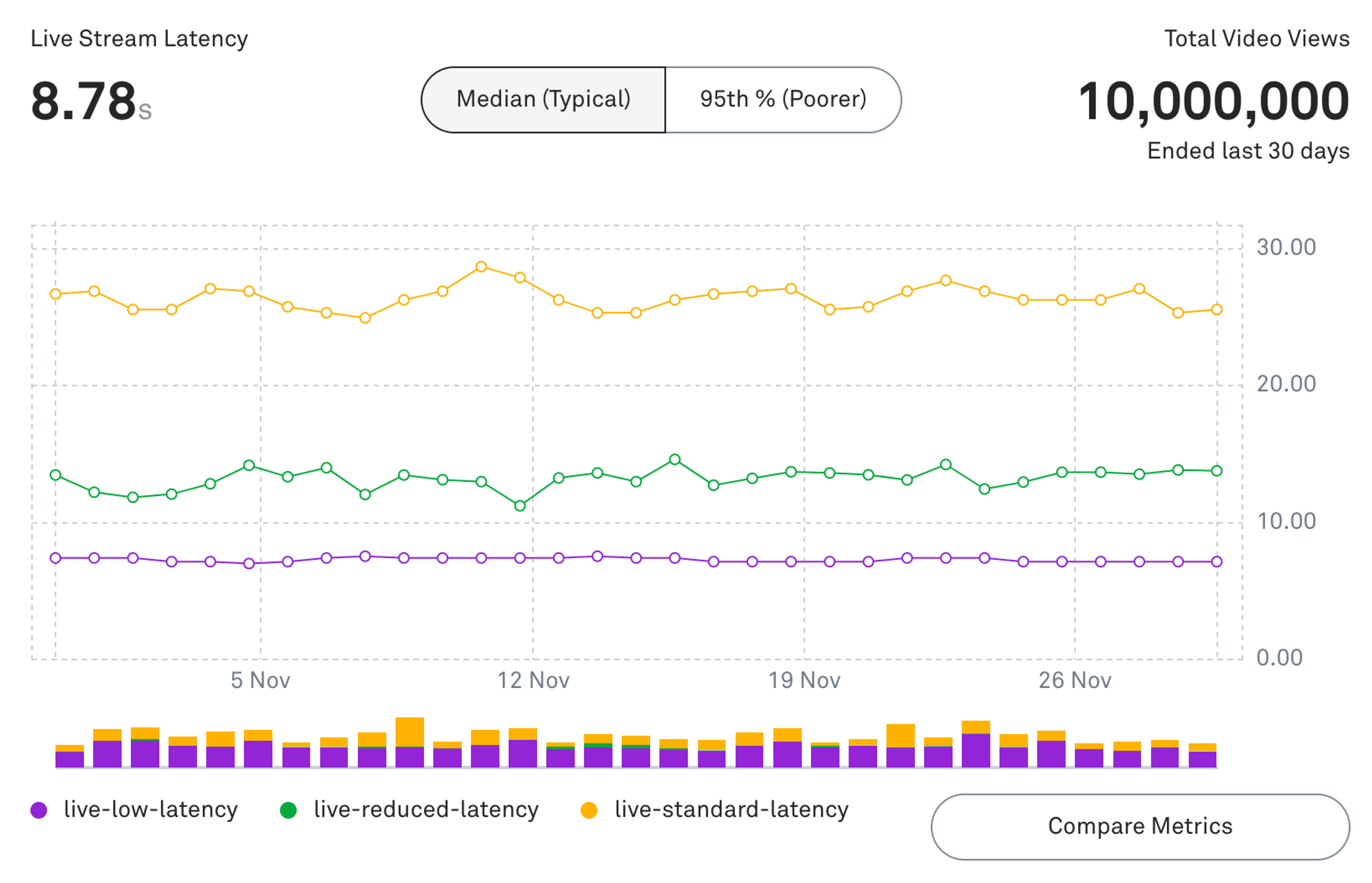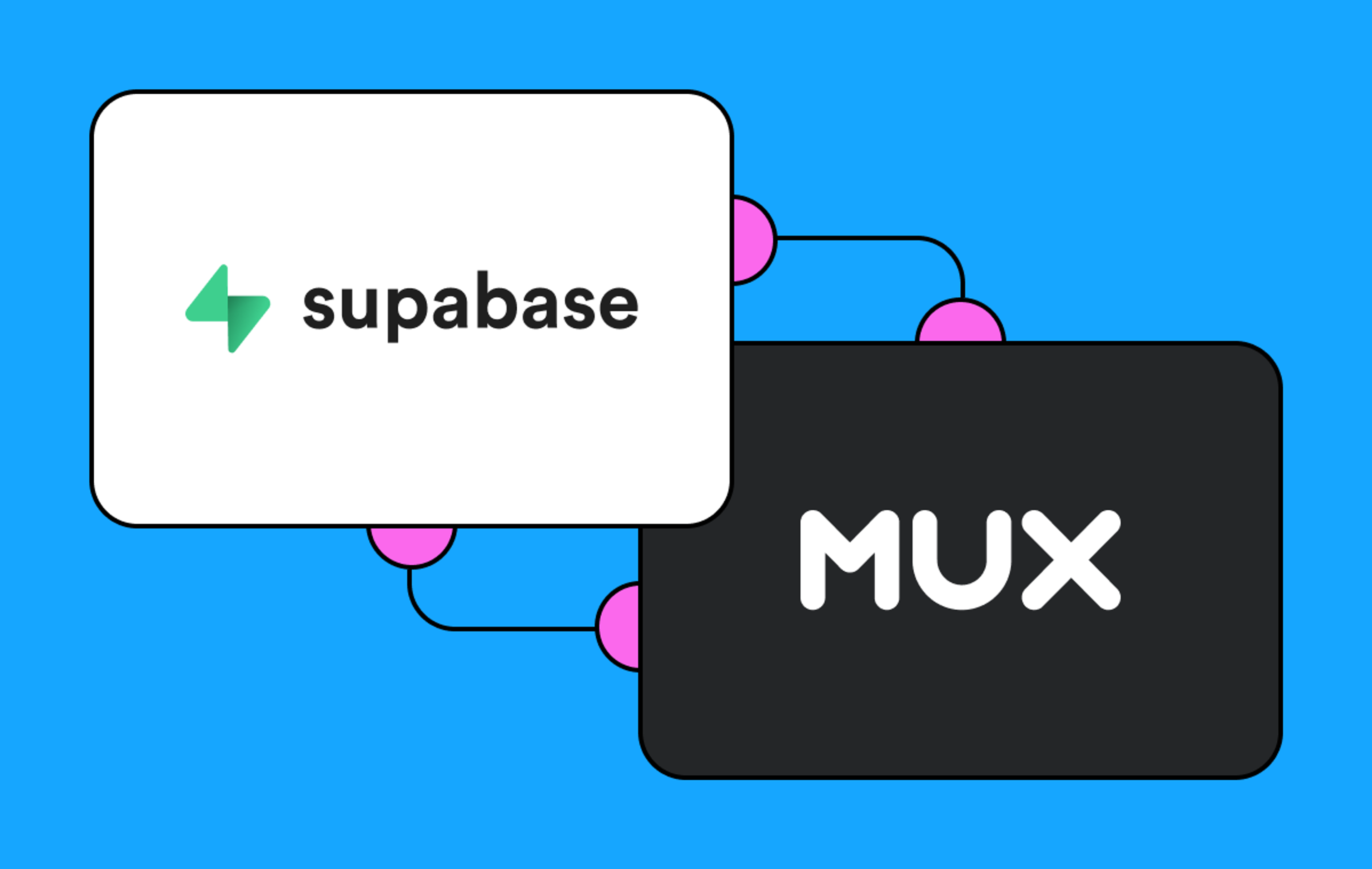One of the first things you’ll find out when you meet me is that I’m a proud auntie. But with one of my nieces living on the other side of the country, it can be a challenge. That’s why I’m so thankful for tech like FaceTime because I’m only a video call away from being part of everyday life.
When my niece started playing soccer — or football as we call it in my French-speaking house — I couldn’t wait for the weekend reports of how her team fared in the day’s match. And with last winter’s World Cup, she was thrilled to be able to watch “her sport” with people around the globe (unfortunately, this summer’s games were not as timezone friendly). Watching together became a routine for us: I would make my way to my parents' place early on Saturday morning to watch the matches in San Francisco while she streamed the match in New York. We’d start our FaceTime call and I’d get the play-by-play from my personal commentator.
We quickly learned, though, to temper our reactions to what we were watching by at least 10 seconds so we didn’t spoil the next play for the New York watchers. My parents were viewing the game on traditional broadcast, whereas my niece and her family were streaming it. We’d have to hold it in until we started hearing “goooooooooooooooooaaaaaal” on the other end of the call.
That time from the live action to the playback on our devices is called latency. Live streaming latency comes in many varieties: standard latency (20+ seconds), reduced latency (12-20 seconds, and low latency (as low as 5 seconds).
Implementing and measuring the right latency for the experience you’re creating with your live streams is important. At Mux, we’ve tried to make both of those processes as easy to achieve as possible.
That’s why we’re excited to announce the general availability of two key latency features: Live Stream Latency metric in Mux Data and low-latency live streaming in Mux Video.
Getting insights into your stream
With live streaming, latency is a valuable metric that provides a wider understanding of your video data and performance. Yes, it answers the essential question of “What is the latency of my live video?”. But, as we learned in Steve and John’s blog, determining your stream’s latency is not a straightforward task if you don’t have a metric to monitor it. More than that, it’s an insight into what your viewers are experiencing on their end across devices, regions, CDNs, etc. As Steve and John outlined, the latency metric gives you insights into not just the quality of your stream but also your viewer’s engagement.

You don’t have to use Mux Video or low-latency live streaming to take advantage of this metric. Supported players with Mux Data enabled will start collecting this data automatically. Check out our docs to learn more about this metric and how we’re collecting this information. This metric is currently not available for DASH.
Live Stream Latency metric is available for the following players:
- Native Safari HLS
- HLS.js
- AVPlayer
- ExoPlayer
- Video.js
- Kaltura player (web)
- JW Player (web and iOS)
- Shaka player
- THEOplayer (web)
- Mux Player
As a bonus, if you are using Mux Video and Mux Player, you have Mux Data built right in, so you can start monitoring your latency right away. That’s what we call synergy (hey, I’m in marketing, I feel like I have to use that word somewhere).
Bump down the latency, bump up the interactivity
Alright, we can monitor latency easily, great! But what about when we actually want to lower the latency of our streams? And why would we want to lower the latency of our streams? Let’s tackle the why first.
The lower the latency, the more interactive your video can be. For example, if you’re using one of our partners like PubNub to integrate live chat into your video build and you want a more conversational experience, you want a lower latency experience to reduce the lag between the people on camera and the viewers in chat.
Lower latency also reduces those live stream spoilers — and not just for aunties watching the World Cup with their nieces across the country. Think of any live event where you have an audience in person and an audience streaming, like live sports or even a product announcement at a hybrid conference. A lower latency reduces the likelihood of someone’s live blog or social media spoiling the surprise.
Now that you’re convinced low-latency streaming is a wonderful idea, how do we make it happen? Well, with Mux Video, it’s just a matter of setting your latency_mode to low when creating your live stream and using a supported player. Take a look at our guides for more information and code samples.
Because we were one of the first products to implement low-latency HLS (LL-HLS), it took some time for the player ecosystem to catch up. But as it’s matured, more and more players support LL-HLS. Take a look at the latest list of players that support low-latency live streaming.
Of course, Mux's low-latency live streams work best with Mux Player for web, plus you can monitor the latency easy-peasy with Mux Data (see: synergy above).
We always look forward to hearing from you
Maybe you’re creating the next app to connect aunts and their football-loving nieces, or maybe you’ve found valuable insights with the Live Steam Latency Metric that’s transformed your viewers’ experiences. Whatever it is you’re building, we want to hear from you. Let us know what cool projects you’ve been working on that include these features and what’s been helpful to you. And, as always, make sure to share any feedback or suggestions.



